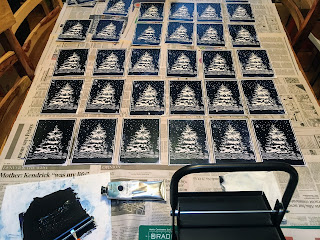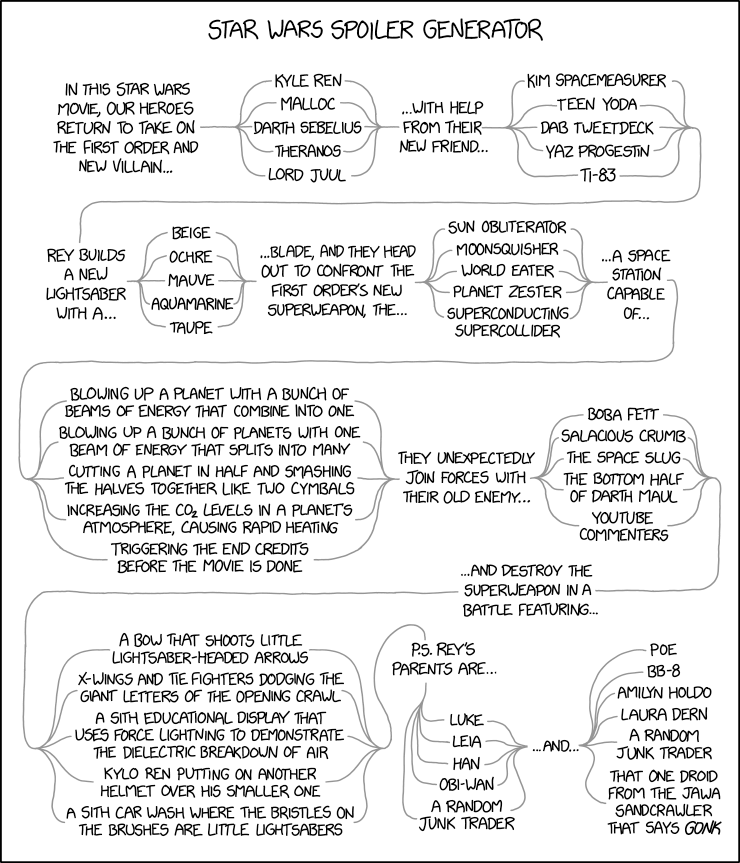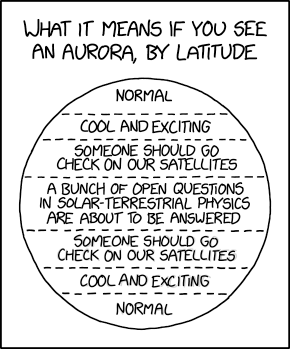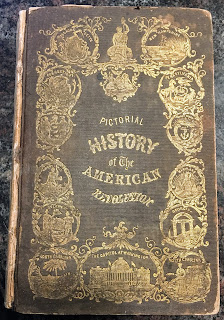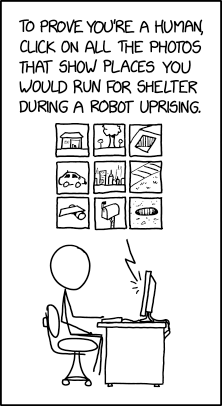This is actually the second time that I have received this book or at least attempted to receive it. The first time it "arrived" the mailer had come open in transit and the book was missing completely. I guess there is some postal employee out there that is a wargamer and needed a copy of Pat's book more than I did. I contacted Steve Lampon who does the mailing and he was kind enough to send another copy.
Well that copy arrived yesterday and I guess that postal employee (not sure if it was a Royal Mail employee or a USPS employee, probably both) was outraged that I still needed a copy of the book:
At least the puppy didn't eat this one! I'm eager to dive into this book as Pat's first volume on winter gaming tables was excellent.




